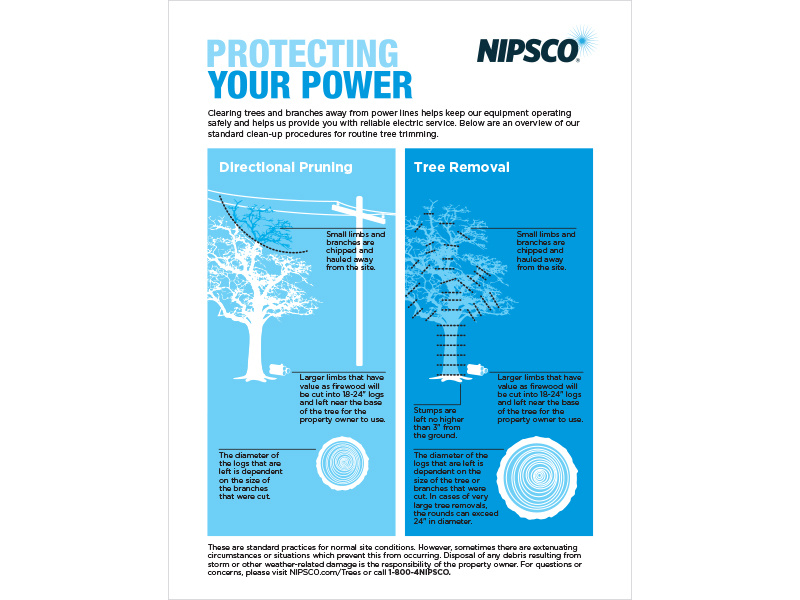Recognizing The Environmental Repercussions Of Tree Removal: Crucial Details For You
Recognizing The Environmental Repercussions Of Tree Removal: Crucial Details For You
Blog Article
Web Content Author-Dickey Lyon
When it pertains to the ecological influence of tree elimination, there are important elements that demand your focus. From the detailed internet of relationships within ecological communities to the subsequent effects on climate patterns, the consequences are profound. You may be amazed to uncover the intricate ways in which the removal of trees can reverberate throughout the atmosphere. Remain tuned to unravel the complex connections and ramifications of this apparently uncomplicated act.
Deforestation and Environment Loss
Logging and habitat loss are critical issues stemming from tree elimination. When trees are cut down, it interrupts entire environments. Not just are the trees themselves lost, however the homes and food resources of numerous plant and pet types are damaged too. Birds lose their nesting websites, creatures lose their shelter, and bugs shed their environments. The effects surge with the food cycle, influencing killers and target alike.
Additionally, deforestation contributes to climate modification. Trees play a critical duty in absorbing carbon dioxide, a greenhouse gas that catches warm in the ambience. With fewer trees, there's much less co2 absorption, resulting in boosted levels of this gas in the environment and aggravating worldwide warming.
Environment loss is a straight outcome of logging, as the damage of forests means the loss of special and diverse environments. Many types are unable to adjust to fast modifications in their setting, bring about populace declines and, in some cases, termination.
Securing tree service columbus ohio is vital to maintaining the fragile equilibrium of nature and guaranteeing the survival of many plant and animal types.
Impact on Biodiversity
The elimination of trees has a significant influence on biodiversity, influencing the range and abundance of plant and animal types in an area. Trees provide environment and food sources for numerous microorganisms, from bugs to birds to creatures. When trees are gotten rid of, these types shed their homes and sources of sustenance, resulting in a decrease in their populations. This disruption can have cascading effects on the whole ecosystem.
Furthermore, trees play an essential function in keeping biodiversity by producing microhabitats within their canopies, trunks, and origins that sustain a wide variety of species. When hedge cutting services are cut down, these specialized atmospheres are ruined, minimizing the general variety of the location.
Furthermore, the elimination of trees can lead to a reduction in hereditary variety within plant populaces, as specific tree species may no more have the ability to recreate or disperse properly. Shielding trees and forests is crucial for protecting biodiversity and guaranteeing the health and wellness of environments for future generations.
Dirt Disintegration and Environment Change
With trees being eliminated from an area, the disruption of soil framework and stability happens, resulting in increased soil disintegration. Trees play a vital duty in stopping erosion by holding dirt in place with their root systems. When trees are removed, specifically in large numbers, the dirt becomes more susceptible to erosion from wind and water. This erosion not only impacts the immediate surroundings yet can also lead to sedimentation in neighboring water bodies, impacting water high quality and water ecological communities.
Moreover, trees assist control the climate by soaking up carbon dioxide during photosynthesis. When read this post here are lowered, this natural carbon sink is diminished, adding to raised degrees of greenhouse gases in the atmosphere. This can exacerbate environment change, leading to more severe climate events and interruptions in ecosystems worldwide.
Consequently, the elimination of trees not just increases soil erosion yet additionally plays a role in the larger environmental issue of climate adjustment. It's vital to take into consideration these elements when evaluating the influences of tree elimination on the atmosphere.
Final thought
Now that you understand the ecological impact of tree removal, think about the repercussions prior to reducing trees. Deforestation disrupts ecological communities, minimizes biodiversity, and contributes to soil disintegration and climate adjustment. By being mindful of the effect of tree elimination, you can aid safeguard our setting and preserve the fragile equilibrium of nature. Make educated options and consider alternative solutions to reduce the unfavorable impacts on our planet.
